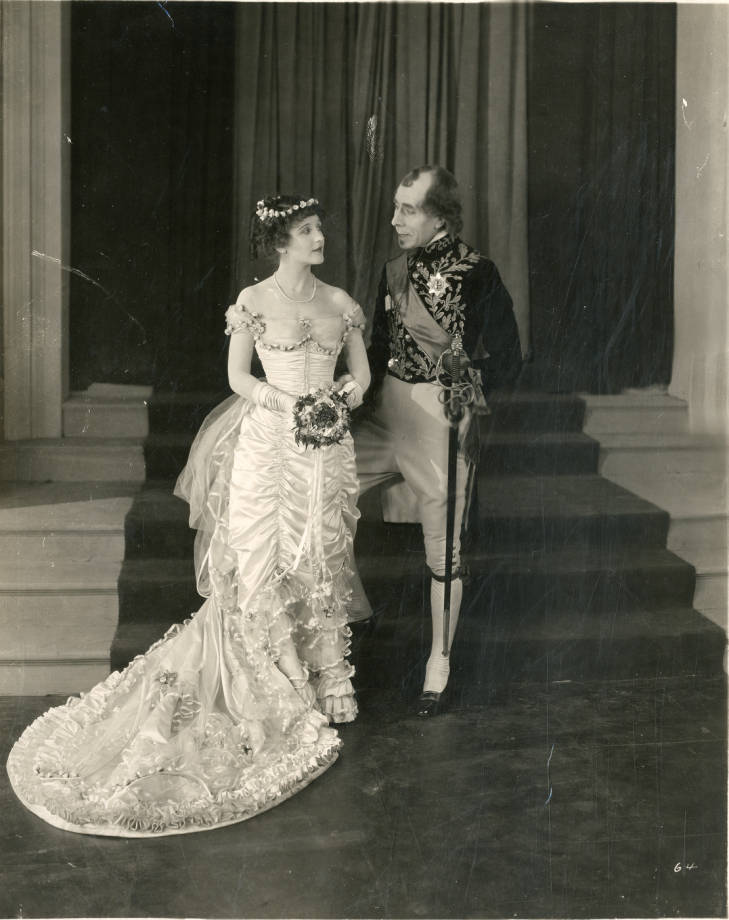
One hundred years ago this week, Grace Kingsley got to see “a different sort of production” that was “bound to awaken fresh and enthusiastic interest on the part of picture fans,” The Wonder Man, starring French boxer Georges Carpentier. It had something for everybody. For boxing fans,
Four rounds are fought by Carpentier in his best manner, with a boy who is no slouch of a fighter himself. Yesterday the progress of the scrap was accompanied by cheers and applause, and for a minute or two there was a pale replica of the Vernon noise on the best nights. The fighting is all open, and probably the best bout ever registered on the screen, at least outside a regular prize fight.
And for the audience who never visited the boxing ring in Vernon (the only nearby town where prize fights were legal), the film had a different attraction:
The gentle little matinee girls won’t be disappointed, either, for not only is Carpentier a lithe and accomplished fighter, but he is possessed of a handsome and fascinating personality, and its hard to envisage him as a fighter until he gets into action, when his whole face changes amazingly. Also he is a very good actor, and any day the fight game gets too hard for him, he can go on the screen as a film idol, I’m sure.

The Wonder Man, now lost, told the story of a French secret service agent/boxer who’s on the trail of a thief. Honestly, it doesn’t sound that different from other movies, but maybe in the depths of summer Kingsley felt less picky.
Now Georges Carpentier is most famous for fighting heavyweight champion Jack Dempsey in the first prizefight to sell over $1 million worth of tickets. It was held on July 2, 1921 in Jersey City, New Jersey and he lost. But he was in 108 other fights, winning 88 of them, and according to boxing historian Ian Murphy, many regard him as the greatest European fighter ever. He was also a war hero, receiving the Croix de Guerre for his service in the French Air Force. He didn’t become a matinee idol, but he appeared in a few more films, and after he retired from boxing in 1927 he became a vaudeville singer and dancer, touring the United States and Britain. In 1934 he quit show business to manage a bar in Paris, Chez Georges Carpentier. He died following a heart attack in 1975.

Much as she enjoyed the boxing film, the best thing Kingsley saw this week was in Mack Sennett’s latest feature Married Life, with Ben Turpin:
Probably the funniest and most original bit of hokum is when Turpin takes gas before an operation and is blown up like a balloon, floating about the hospital and scaring everybody.

This was Turpin’s first starring role, and he made the most of it; she wrote, “as for Ben Turpin, he is making rapid strides as a comedian. He seems to have a faultless sense of the comic and of his own peculiar comedy talents.” But she thought the whole film was very good:
Married Life is really farce, inasmuch as it has a story, even if it is a thin one; but on it is hung a brilliant array of comic hokum gems, the brightest, in fact, have emanated from the Sennett studios in many moons, and it is to these the comedy owes its big punch.
See it and laugh, that’s all.
Which is exactly what anybody could want in a summer movie. It was a big success, bringing crowds to the Kinema and the following week, to the Victory. Kingsley wasn’t the only critic who liked it; Peter Milne in Picture-Play Magazine wrote, “you can’t afford to miss Married Life—it is a perfect burlesque—the greatest of Sennett’s pictures.” Unfortunately, we can’t: it’s a lost film.
Peter Milne, “The Screen in Review,” Picture-Play Magazine, September 1920, p.37.


























